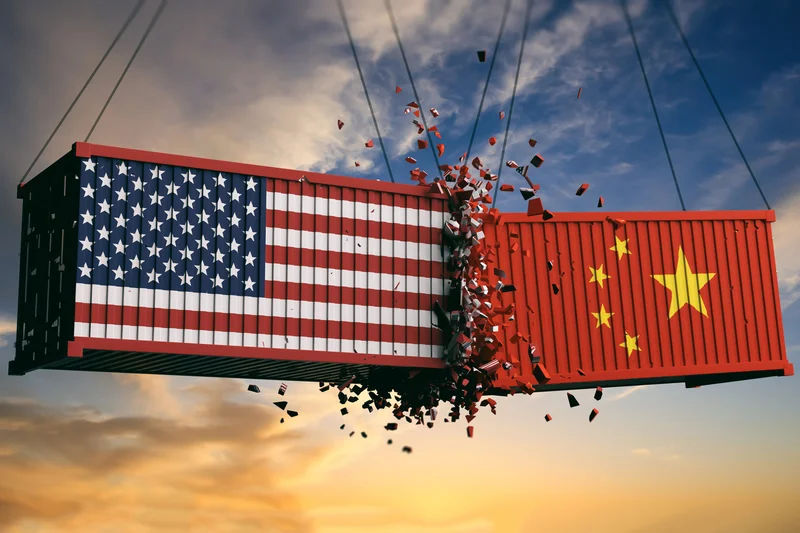US-China Relations: Navigating the New Volatility and Reshaping Global Supply Chains
The world stage feels like a chessboard lately, doesn't it? Except the pieces are entire economies, and the stakes are… well, everything. The US and China are locked in a complex dance, a tango of competition and interdependence that's getting faster, more intricate, and frankly, a little nerve-wracking. Analysts are predicting increased volatility in US-China relations in the coming years, and honestly, it's hard to argue with that assessment. But what does this volatility mean, really? And more importantly, how can we navigate it to create a future that benefits everyone?
A New Kind of Competition
It's not just about trade deficits or tariffs anymore. This competition is about influence, about winning over third countries, about shaping the future of technology itself. Think of it like two titans vying for the allegiance of smaller kingdoms—each offering different promises, different paths to prosperity. We're seeing this play out in the reshaping of global supply chains, as companies and countries alike try to diversify and reduce their reliance on any single source.
Scott Kennedy from the Centre for Strategic and International Studies points out that the amplitude of US-China relations cycles has increased since 2018. That’s academic-speak for: the ups are higher, the downs are lower, and the whole thing is a lot more turbulent. The stakes are higher than ever. The question is, how do we ensure this competition leads to innovation and progress, rather than conflict and stagnation? What if, instead of seeing it as a zero-sum game, we viewed it as an opportunity to build a more resilient and diversified global economy?
It's like the early days of the space race, isn't it? Two superpowers pushing each other to achieve incredible things, driving innovation at a breakneck pace. Except this time, the "space" is the global economy, and the "moon landing" is a sustainable, equitable future for all. And what's really exciting is that this competition is forcing us to re-evaluate our assumptions, to think creatively about how we build and maintain relationships with other nations.

The Future is Unwritten
The US and China both seeking to win over third countries isn't inherently bad. It can lead to increased investment, infrastructure development, and technological transfer in those countries. The key is to ensure that these relationships are built on mutual respect and benefit, not coercion or exploitation. I think back to the Marshall Plan after World War II – an imperfect but ultimately successful attempt to rebuild Europe. Can we learn from that example and create a new framework for international cooperation?
But here's the thing that really excites me: this volatility isn't just a threat; it's an opportunity. An opportunity to build more resilient, diversified, and sustainable supply chains. An opportunity to foster innovation and collaboration on a global scale. An opportunity to create a future where everyone benefits.
A Symphony of Innovation
When I look at the US-China dynamic, I don't see a looming disaster. I see a complex, challenging, but ultimately transformative force. It's pushing us to be more creative, more adaptable, and more collaborative. Are there risks? Absolutely. But there are also incredible opportunities. And if we approach this challenge with open minds, a spirit of innovation, and a commitment to building a better future for all, I believe we can navigate this new volatility and create a world that is more prosperous, more equitable, and more sustainable than ever before.
A Glimpse of Tomorrow
This isn't just about geopolitics; it's about the future of humanity. It's about how we can harness the power of competition to drive innovation and progress. It’s about building a world where everyone has the opportunity to thrive. And I, for one, am incredibly excited to see what the future holds.
